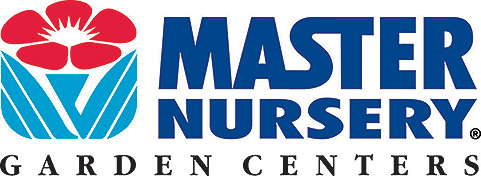One of the most common, and potentially plant-threatening, insects is the “aphid.” There are actually many types of aphids. Some feed on specific plants and others are not so choosy. They all suck the newer plant growth. This can decrease the growth rate, discolor or disfigure leaves, cause galls to form and transmit plant diseases.
Aphids are easy to recognize. They’re about ¼ to ⅓ of an inch long, usually green or almost colorless (but can be pink, black, or brown) soft bodied, and are mainly found on the underside of new plant growth in dense groups.
Fortunately, control is fairly easy. Most full-spectrum chemical insecticides kill aphids. Other “friendlier” products include plant extracts, plant oils, and insecticidal soap water sprays. A regular spraying with strong blasts of water or hand picking will control many infestations. Many gardeners release ladybugs (lady beetles) to eat the aphids or parasitic wasps to lay their eggs in the aphid.
It’s best to control aphids early. As their numbers increase, the drying leaves begin to roll over them, thus protecting the aphids from controls such as soaps, oil and water sprays. If you think you have aphids or you’re not sure what you have, bring in a sample. We’ll take a look and suggest the best way to eliminate the problem.



